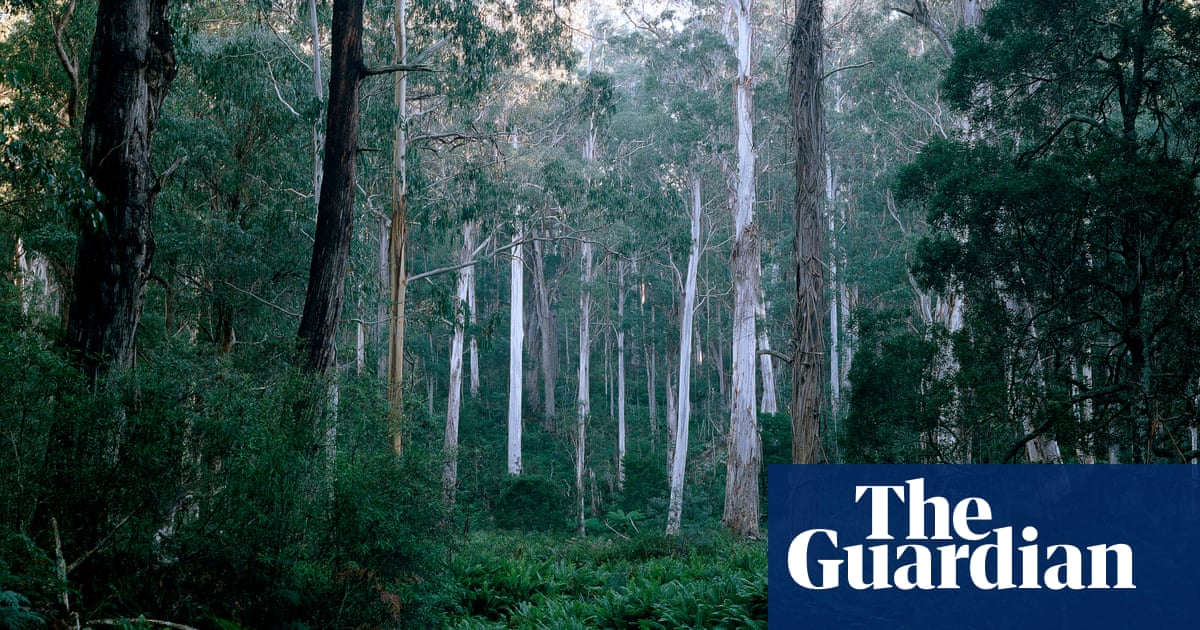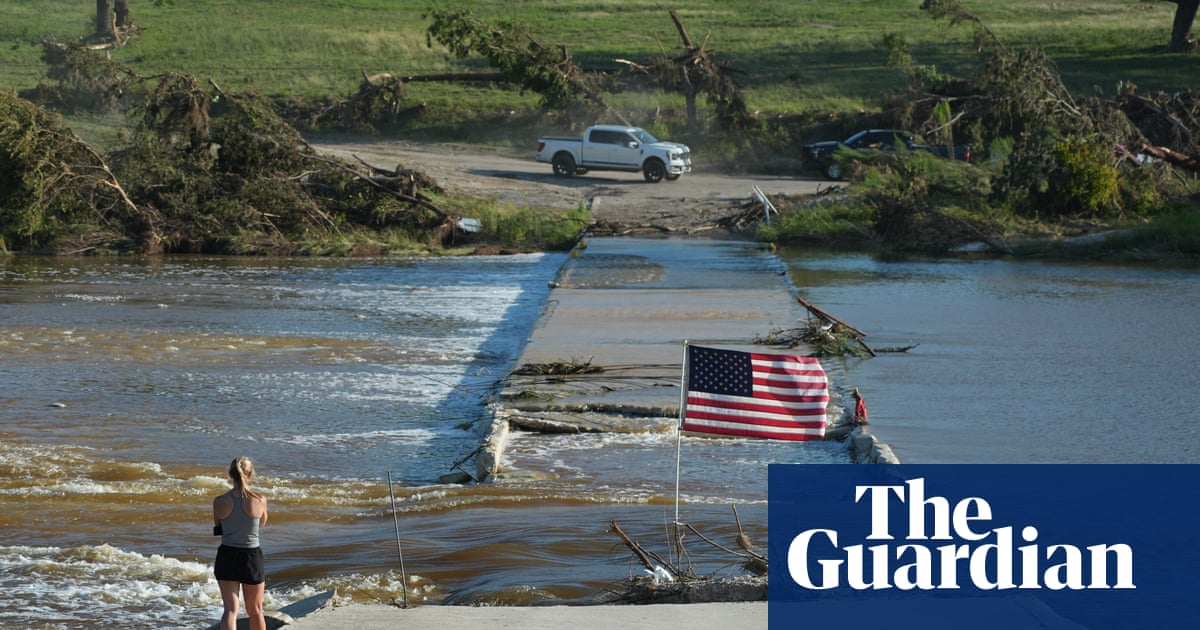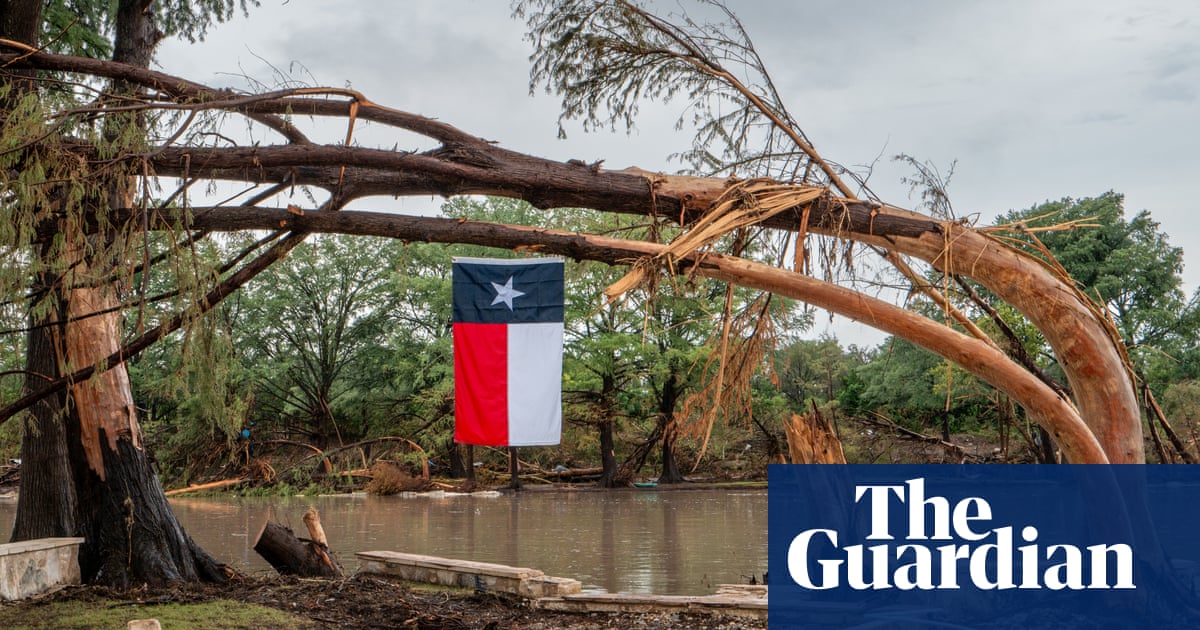More than half of koalas relocated to NSW forest died in failed government attempt at reintroduction | Wildlife

An attempt by the New South Wales government to reintroduce koalas to a forest in the state’s far south has failed after more than half of the moved animals died, including two with signs of septicaemia, and the remaining marsupials were taken into care.
The translocation and deaths of seven out of 13 koalas in April were not made public by the government, prompting questions about whether something went wrong with the project and calls from the NSW Greens for a review.
The project was aiming to re-establish a koala population in an area of south-eastern NSW where the species is locally extinct. Translocation is part of NSW’s koala strategy to try to improve the trajectory of the endangered species, at risk of extinction in the state.
A spokesperson for the NSW environment department told Guardian Australia 13 koalas were selected for translocation in April and moved from “a high-density population” in the Upper Nepean state conservation area west of Wollongong to the South East Forest national park near Bega.
They said three koalas died within a two-day period in early April, which led the department’s project team to put the remaining 10 animals into a wildlife hospital. Four more koalas died.
They said necropsy results from two of the first three koalas that died revealed chronic and acute infections of the lungs and liver, suggesting septicaemia – a bloodstream infection – “as the likely cause of death”.
The spokesperson said the remaining six koalas were healthy and returned to their original habitat in the Upper Nepean. They said the reintroduction project was immediately put on hold for research to try to establish what caused the deaths.
The team was “investigating a potential link between septicaemia in koalas and adverse weather conditions, as the mortalities occurred four to five days after a significant rainfall event,” they said.
“We believe prolonged wet weather can pose serious health risks to koalas, disrupting feeding behaviour, inhibiting thermoregulation, and weakening the immune system.”
They said the project team, in collaboration with researchers and veterinarians, would continue investigating “the potential impact of heavy rainfall, as well as factors such as diet, nutrition, and gut microbiome on the success of future translocations”.
The state Greens environment spokesperson, Sue Higginson, said the incident was “deeply distressing” and sent “a very cynical message that the government is focused on [a] high risk and failed koala program effort” while habitat destruction for development and logging continued.
“This koala translocation experiment has been a catastrophic failure and raises serious questions about how it happened,” she said.
“The control settings around this translocation experiment must now be brought into question and reviewed because it would appear they were flawed.
“It is deeply concerning that the government allowed this program in the circumstances and given the outcomes, it’s clear they shouldn’t have.”
Carolyn Hogg, a professor of biodiversity and conservation at the University of Sydney, said wildlife translocation could be complex and the deaths were “a really unfortunate event”.
“We do know unexpected weather events may cause pathogens to unexpectedly appear,” she said.
Hogg said for NSW koala populations under pressure from habitat fragmentation and isolation, translocation projects were a management tool that could improve gene flow and genetic diversity.
Valentina Mella is a senior lecturer in animal behaviour and conservation at the University of Sydney. Speaking generally, she said there were important scientific questions that should be considered before translocating wildlife into a new area.
“When you move an animal into a habitat that is considered suitable for that species but that species is not actually present, you have to ask yourself why,” she said.
after newsletter promotion
“You have to do a really thorough investigation of why the animal is absent.”
In the case of koalas, she said one consideration should be if suitable food was available because they were specialist folivores – leaf eaters – that only ate particular types of leaves.
The department said all of the animals underwent a veterinary assessment and were found to be healthy and chlamydia negative before the translocation. They said the project was developed in consultation with stakeholders, including traditional owners, researchers, conservation groups, landholders and government agencies.
They said the koalas were closely monitored after their release using satellite and VHF (very high frequency) collars, “in accordance with strict animal ethics and scientific licensing requirements”.
“The koalas were observed regularly changing trees, foraging, and producing scat of normal quality. All of these are healthy behaviours we would hope to see post translocation,” they said.
They said two other recent translocation projects had taken place in the state. The first relocated koalas from the Upper Nepean State Conservation Area to a predator-free fenced area in Yiraaldiya National Park in western Sydney. All the koalas were alive and healthy, the department said.
A second had commenced in the Northern Rivers region, where there is competition for limited food trees. To try to improve the welfare of koalas in the area, nine animals were translocated to nearby Bungawalbin National Park.
The department said three of the koalas had since died, with likely causes being tree fall or predation. The remaining koalas appeared healthy.
“There are many examples of successful koala translocations in Victoria, South Australia, Queensland and Narrandera in NSW,” they said.
“Koala translocations are not a substitute for protecting koala habitat where healthy populations currently exist; both conservation actions have their role.”
The NSW environment minister Penny Sharpe was unavailable for comment.
Source link






